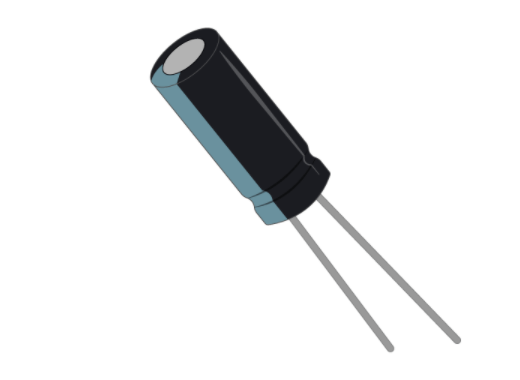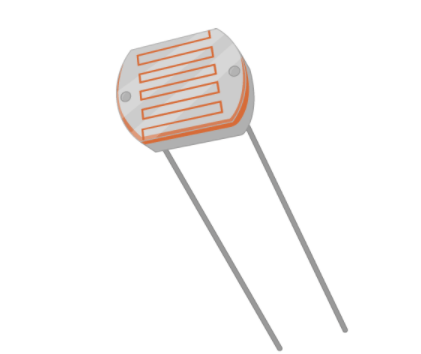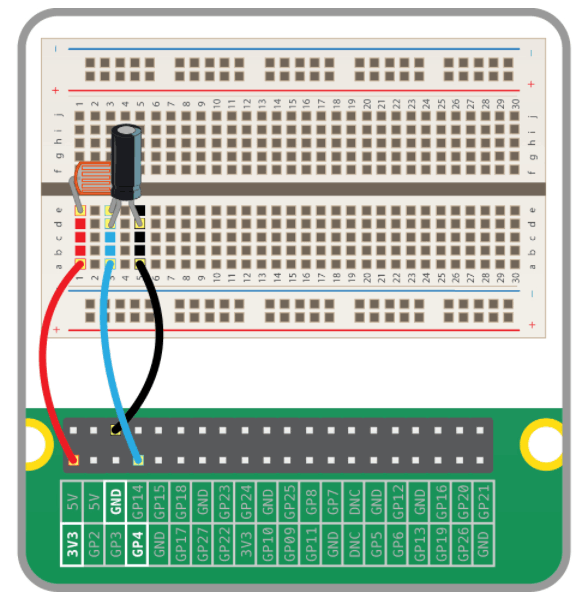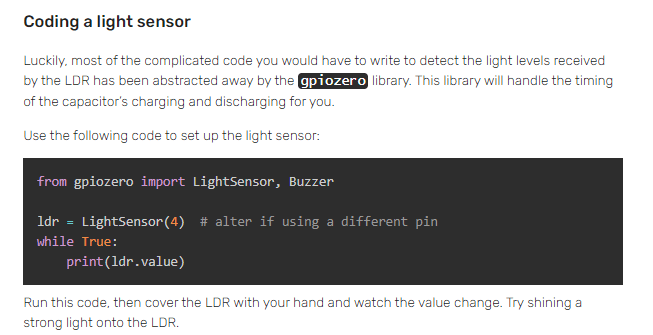
Image Description
How works the Capacitor?
Using a capacitor for analogue inputs
Capacitors are electrical components that store charge.
When current is fed into a capacitor, it will begin to store charge. The voltage across the capacitor will start off low, and increase as the charge builds up.
By putting a resistor in series with the capacitor, you can slow the speed at which it charges. With a high resistance, the capacitor will charge slowly, whereas a low resistance will let it charge quickly.
If you time how long it takes the capacitor’s voltage to get over 1.8V (or be on), you can work out the resistance of the component in series with it.
Many, but not all, capacitors are polarised which means they have a positive and a negative leg. In this case, the negative leg is shorter and should be marked with a ‘-‘ symbol.


